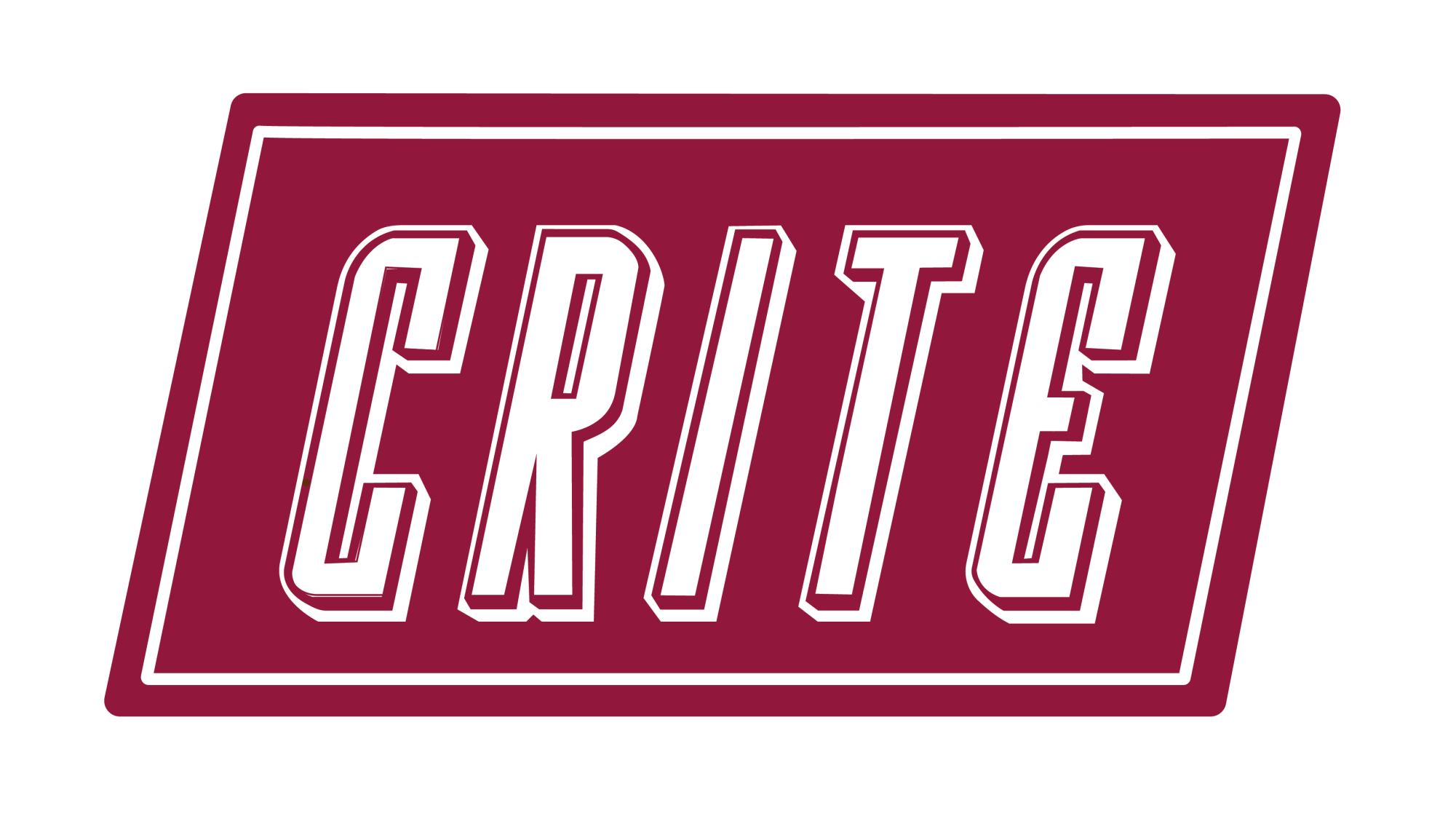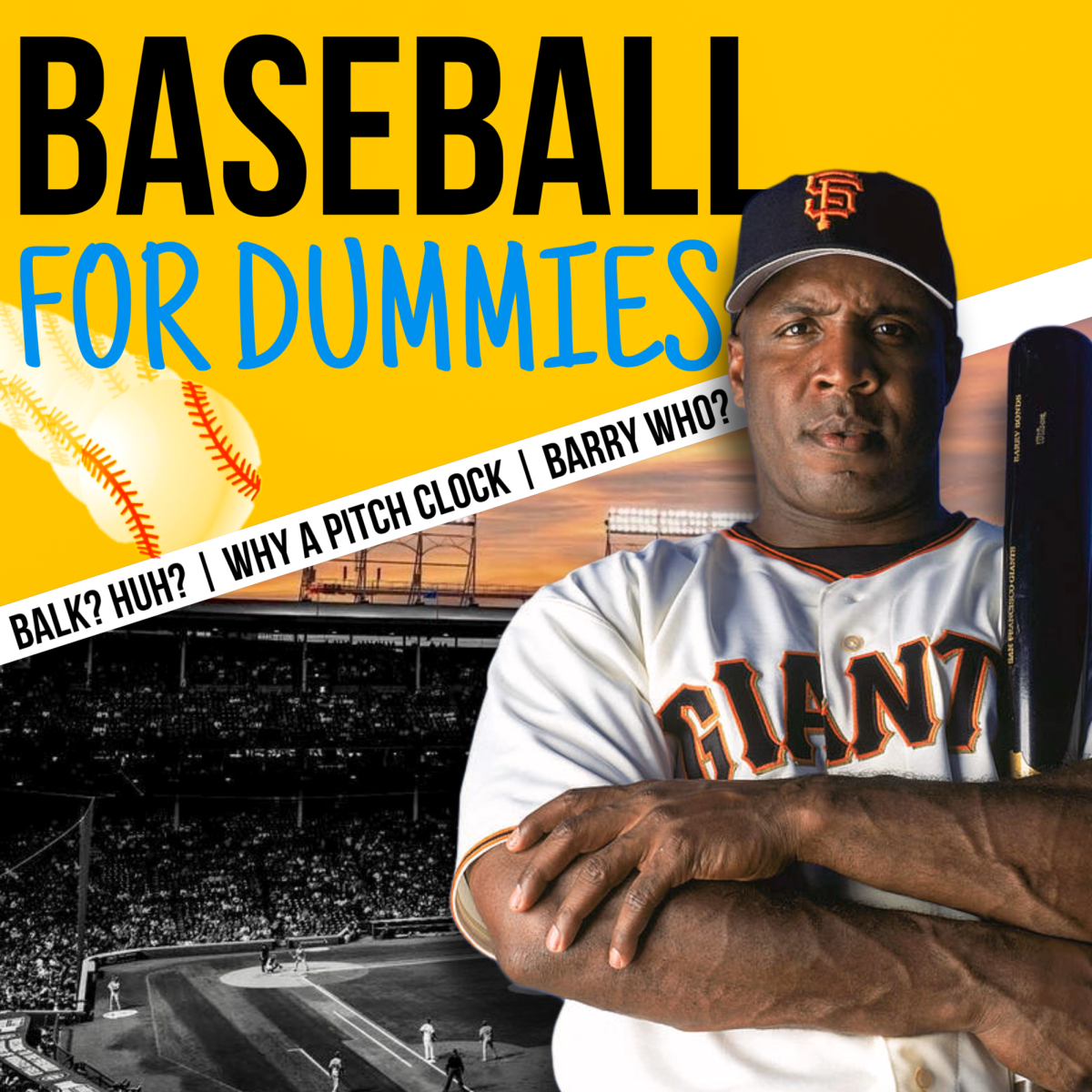Baseball used to be America’s favorite pastime, but for better or worse, it has since been dethroned by the NFL. However, baseball still thrives in Latin America. On the surface, it’s simple: nine innings, nine batters, nine fielders, a true game of nines. But that doesn’t mean everything is straightforward. Some rules and terms can be tricky. So, in honor of the World Series, here’s a quick guide to some of baseball’s more confusing concepts.
Balk
Truth be told, I had no clue what a balk was for a long time. Here’s the easiest way to think of it:
Imagine you’re playing Monopoly. The rules say if you roll the dice, you have to move your top hat piece forward. But instead, you roll the dice, fake like you’re going to move, then suddenly grab money from the bank and shout, “SURPRISE, I’M BUYING BOARDWALK WITH BEEF STROGANOFF!”
That’s essentially a balk; pitcher nonsense that’s not just winding up and throwing the ball.
Innings
Unlike most sports, baseball doesn’t use a game clock. Instead, it’s broken into nine innings. Each inning has two halves—the visiting team always bats first, giving the home team the advantage of knowing how many runs they need to match or beat.
Each side gets three outs per half-inning. An out can come from a caught ball, or from a runner being tagged while not on a base. Simple enough, at least until you get into the weeds.
Pitch Clock
This one’s new, but makes a big difference. Games in the 2020s were averaging more than three hours. Enter the pitch clock. Now games are back down to around two hours and forty minutes; a pace not seen since the ’80s.
The pitch clock works like a play clock in football or basketball. It prevents pitchers from dragging things out, shaving 20–30 minutes off games. Kind of makes you wonder: maybe Congress needs a pitch clock so they’d stop reading Green Eggs and Ham on the floor. Our taxes, hard at work.
Relief Pitchers
Throwing a baseball with that much torque for two hours straight isn’t easy. That’s why relief pitchers matter more than ever, especially with Tommy John surgeries piling up.
Think of them like backup quarterbacks, except these guys are actually qualified. Relief pitchers usually take over in the later innings when the starter is running out of gas or risking injury.
Barry Bonds
Barry Bonds might be the most polarizing figure in baseball. Statistically, he’s unmatched: most home runs in MLB history, seven MVPs, and nearly half his career at-bats ended in a hit. But he was linked to the BALCO steroid scandal, where players used “undetectable” performance enhancers to recover faster, train harder, and hit farther.
Bonds admitted to using substances from his trainer but claimed he thought they were legal. Whether or not that’s true remains hotly debated. The Hall of Fame voters didn’t buy it—he fell short in all ten years of eligibility. His legacy will always be a tough call.
Closing Thoughts
Baseball was created in the 1800s, so the rules should be simple, right? Clearly not, I just had to write this entire article. Still, the charm of the game is in its quirks, its unwritten rules and its stubborn traditions.









